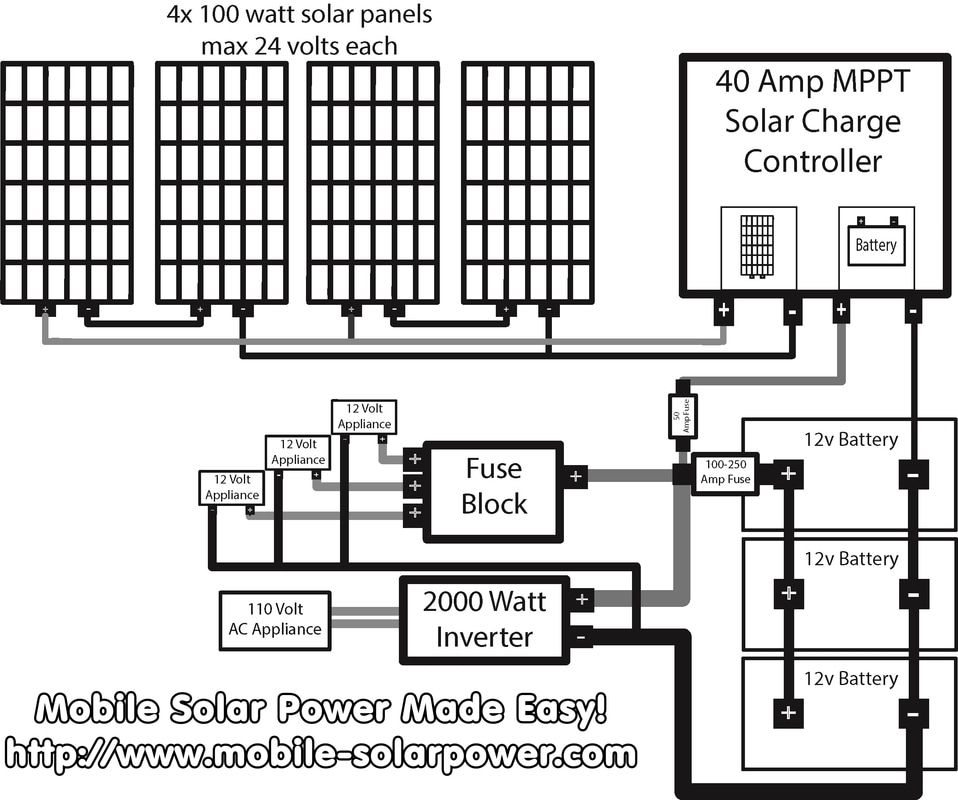So, I am a newbie on this and have been gathering information to equip myself sufficiently in order to be able to set up a system that will be optimal for me. I am currently located in a rural area and want to provide electricity for myself, to be able to ensure my gadgets and some appliances can be run, and on a needs basis. An operator advised that I get two 180W panels to be connected in parallel, then a MPPT 30/40A, a 3000W inverter and four lead acid batteries (like a truck battery).
I have been thinking about how well such a system will work.
Using an app I have estimated my total wattage to be 1488W, which brings my desired backup to be 1240AH for a 12V battery setup.
I don't need to be using all my appliances 24/7, I can swap some for others according to a scale of preference.
Assuming that 1240AH is my current desired battery backup, what will be a good setup - solar panels, charge controller, inverter and batteries, please?
Thanks in advance.
I have been thinking about how well such a system will work.
Using an app I have estimated my total wattage to be 1488W, which brings my desired backup to be 1240AH for a 12V battery setup.
I don't need to be using all my appliances 24/7, I can swap some for others according to a scale of preference.
Assuming that 1240AH is my current desired battery backup, what will be a good setup - solar panels, charge controller, inverter and batteries, please?
Thanks in advance.



